Welcome!
The US Virgin Islands, popularly referred to as USVI, is home to three major islands: St. John, St. Croix and St. Thomas. So close to the states, the US Virgin Islands is a convenient and accessible Caribbean destination, being only a quick flight from the mainland.
Between hiking through national parks in St. John, snorkeling in the clear waters of St. Croix or learning about island culture in St. Thomas, there are things to do in the US Virgin Islands for the whole family.
St. John is the smallest of three islands with lush forest and serene waters. St. Thomas USVI is the most populated of the three islands. Being one of the larger islands, St. Thomas is also home to Charlotte Amalie, the capital of the US Virgin Islands. St. Croix Virgin Islands is a popular destination for all things water and nature. St. Croix has among the best and most private scuba diving, snorkeling and fishing spots on the islands. Info source by thevirginislands.com
Best time to dive?
Dive USVI for some of the most spectacular underwater experiences. The air temperatures average about 77 degrees in the winter with water temperatures down into the mid-70s. Air temperature will average 83 degrees in the summer and water temperature will average 80 degrees. Great conditions for Virgin Islands diving. Info source by thevirginislands.com
Best time to Dive?
Dive USVI for some of the most spectacular underwater experiences. The air temperatures average about 77 degrees in the winter with water temperatures down into the mid-70s. Air temperature will average 83 degrees in the summer and water temperature will average 80 degrees. Great conditions for Virgin Islands diving. Info source by thevirginislands.com
- {{ listingType.name }}
- prev
- next
Do you offer Diving services?
Promote your services and connect with divers
Are you a Scuba diver?
Join and get the best benefits for your next trip
Do you offer Diving services?
Promote your services and connect with divers
Are you a Scuba diver?
Join and get the best benefits for your next trip
Sea Life
There are over 400 reef associated or inshore ranging fish around the Virgin Islands. Some of these fish include; barracuda, snapper, hamlets, French grunts, parrotfish, filefish, surgeon fish, squirrel fish, soldier fish, fairy basslet, hawk fish, hog fish, spotted drum, spotted butterfly fish, blue chromis, damselfish, Creole wrasse, goby, porcupine fish among many many others. Whale watching is common and popular in the waters around the Virgin Islands in the winter months.
Info source by vinow.com
Dive Sites
The US Virgin Islands is one of the most beautiful areas in the world for diving exploration. Dive USVI for some of the most spectacular underwater experiences. The air temperatures average about 77 degrees in the winter with water temperatures down into the mid-70s. Air temperature will average 83 degrees in the summer and water temperature will average 80 degrees. Great conditions for Virgin islands diving. Info source by thevirginislands.com

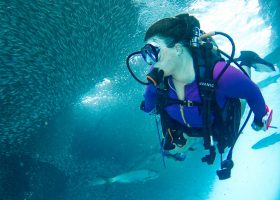
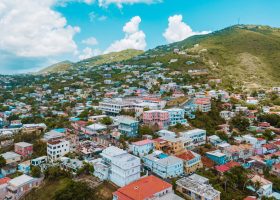

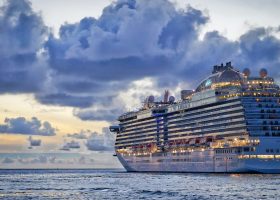
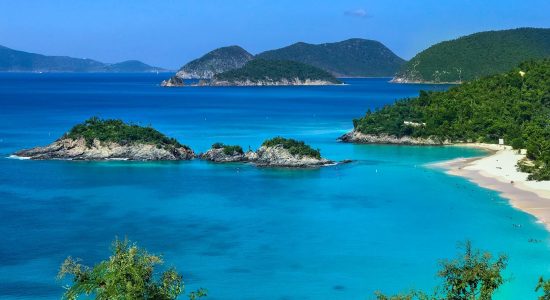
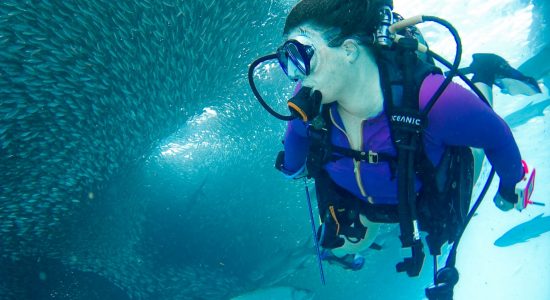
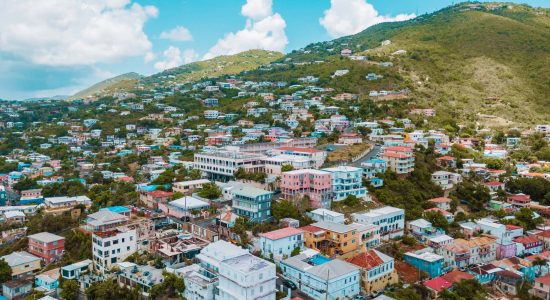
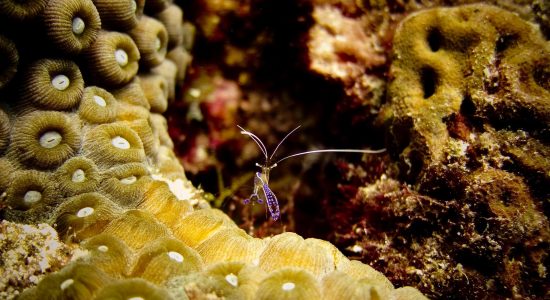
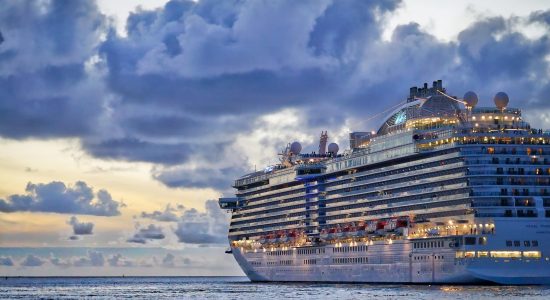
ST. CROIX ISLAND
Butler Bay Wrecks
This bay, on the west end of St. Croix, includes two distinct sites featuring deep and shallow wrecks. Rosa Maria, a 177-foot steel-hulled freighter, is the deepest of the wrecks and was the first to be sunk intentionally. Brightly hued rope, stovepipe and barrel sponges can be found on the ship’s hull. Blackbar soldierfish, mahogany snapper and French, queen and gray angels are regulars.
Frederiksted Pier
This phenomenal site is known as one of the top macro dives anywhere. As you head out, catch a glimpse of the coral-encrusted pilings from the old pier. Scattered debris serves as shelter for moray eels and octopus. Closer inspection will uncover the real beauties of the pierhigh hats, grape-sized juvenile smooth trunkfish, sea horses, spotted scorpionfish and the rare roughback batfish
Salt River Canyon East & West Walls
The East Wall boasts vibrant sea life including soft corals, sponges and gorgonians all growing along a steep wall. The West Wall begins at about 30 feet, quickly drops to 90 feet and then plummets to 1,000 feet.
Cane Bay
Rated one of the top dives in all the Caribbean, Cane Bay is one of the few places in the U.S. Virgin Islands where shore diving is possible. You start on smooth white sand that gradually slopes downward as more coral heads and 19th century anchors appear.
ST. JOHN ISLAND
Eagle Shoals
The prevailing southeast swells make this a tricky dive, but when seas are calm this site is magical. So much so that it has hosted several underwater weddings. Located on St. John’s east end between Ram Head and Leduck Island, arches, tunnels and caves are its signature features. The cave, known as “The Cathedral”, is encrusted with vivid sponges and orange cup coral. Schools of black durgeons, porkfish and silversides populate the shoal.
Carvel Rock
This series of adjacent rocks, which serves as a nesting site for terns and other birds, is a fascinating dive when conditions are right. The south side is blanketed with sponges, gorgonians and a variety of sea life. The north face is the star attraction, dropping below 80 feet. Watch for stingrays in the sand and tarpon who regularly scavenge on silversides.
ST. THOMAS ISLAND
Navy Barges
The twin barges originally housed men’s quarters during WWII. After the war, they were demolished and sunk, creating the ideal habitat for marine life. Trumpetfish, big angelfish, feather dusters and Christmas tree worms hang topside, while squirrelfish, bigeyes and channel clinging crabs hide out in the crawl spaces.
Wit Shoal II
Situated southwest of the St. Thomas airport, this former Navy tank-landing ship sunk in 1985. Now a thriving artificial reef, the ship is home to yellowtail snapper, barracuda and grouper which patrol its five decks. Brilliant orange cup coral and sea fans are among the amazing coral communities.
Cow & Calf
Located off the southeast coast of St. Thomas, the two largest rocks that break the surface are said to look like whales—a cow and her calf. Cow & Calf boasts dramatic ledges, wide canyons and large caves.
Tunnels of Thatch
The black rock arches and lava tubes are indicative of the volcanic origin of the islands. The tunnels are a part of Thatch Cay, an island northwest of St. Thomas. Bright cup corals and sponges are visible from the moment of entry. Divers wind their way through a series of tunnels.
How to Arrive
There are two major airports in the US Virgin Islands:
Cyril E. King Airport (STT) on St. Thomas, and Henry E. Rohlsen Airport (STX) on St. Croix.
If you are visiting St Thomas or St John, then the most convenient airport is
Cyril E. King Airport (STT), located 3km (1.8mi) to the west of the capital, Charlotte Amalie.
The airport also serves nearby St. John and is often used by those traveling to the nearby British Virgin Islands,
which are just a short plane and ferry ride away.
If you are visiting St Croix, then choose Henry E. Rohlsen Airport (STX),
located about 10km (6mi) southwest of Christiansted, which lies on the northeast part of the island.
St Thomas is also one of the most popular cruise ship destinations in the Caribbean.

